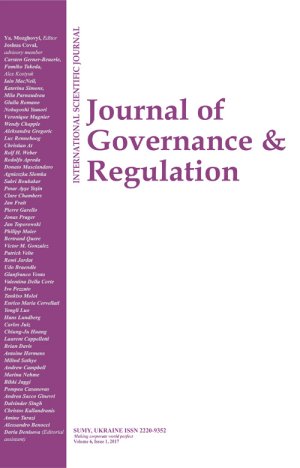
THE USE OF TRADITIONAL VERSUS E-MARKETING IN SMES IN A DEVELOPING COUNTRY: A COMPARATIVE ANALYSIS
Download This ArticleAbstract
The revolution of the internet has changed the way many organisations conduct business in today’s market environment, and has specifically changed in the way companies market products to consumers. E-marketing allows a marketer to not only reach a broader target market than traditional methods, but substantially reduces marketing costs as well, which can mean the difference between success or failure in small medium enterprises (SMEs). Multiple studies have investigated traditional and e-marketing practices, however, few studies have focused on SME marketing practices and their use of e-marketing in developing economies. This article provides an insight into current marketing tools employed by SMEs in South Africa and provides a comparative analysis between traditional and e-marketing tool usage. A self-administered questionnaire was distributed to SME owners, whereby data was analysed by means of frequency occurrence. The main results stemming from the research indicate that SME owners have no preference in using either traditional or e-marketing tools, with majority preferring to use both. However, the majority of marketing tools being used and receiving the most effective rating according to SME owners is directed towards e-marketing tools. From the results obtained recommendations are made to policy-makers, SME managers, development agencies and business owners so as to establish an appropriate strategy to improve SME marketability within South Africa. The findings can be universally applied as studies have shown that there is a lot of similarity in the challenges faced by SMEs irrespective of where they come from.
Key Words: Marketing, Traditional Marketing, E-Marketing, SMEs.
How to cite this paper: Manley, L. L. (2015). The use of traditional versus e-marketing in SMEs in a developing country: A comparative analysis. Journal of Governance and Regulation, 4(4-1), 202-212. https://doi.org/10.22495/jgr_v4_i4_c1_p7



















